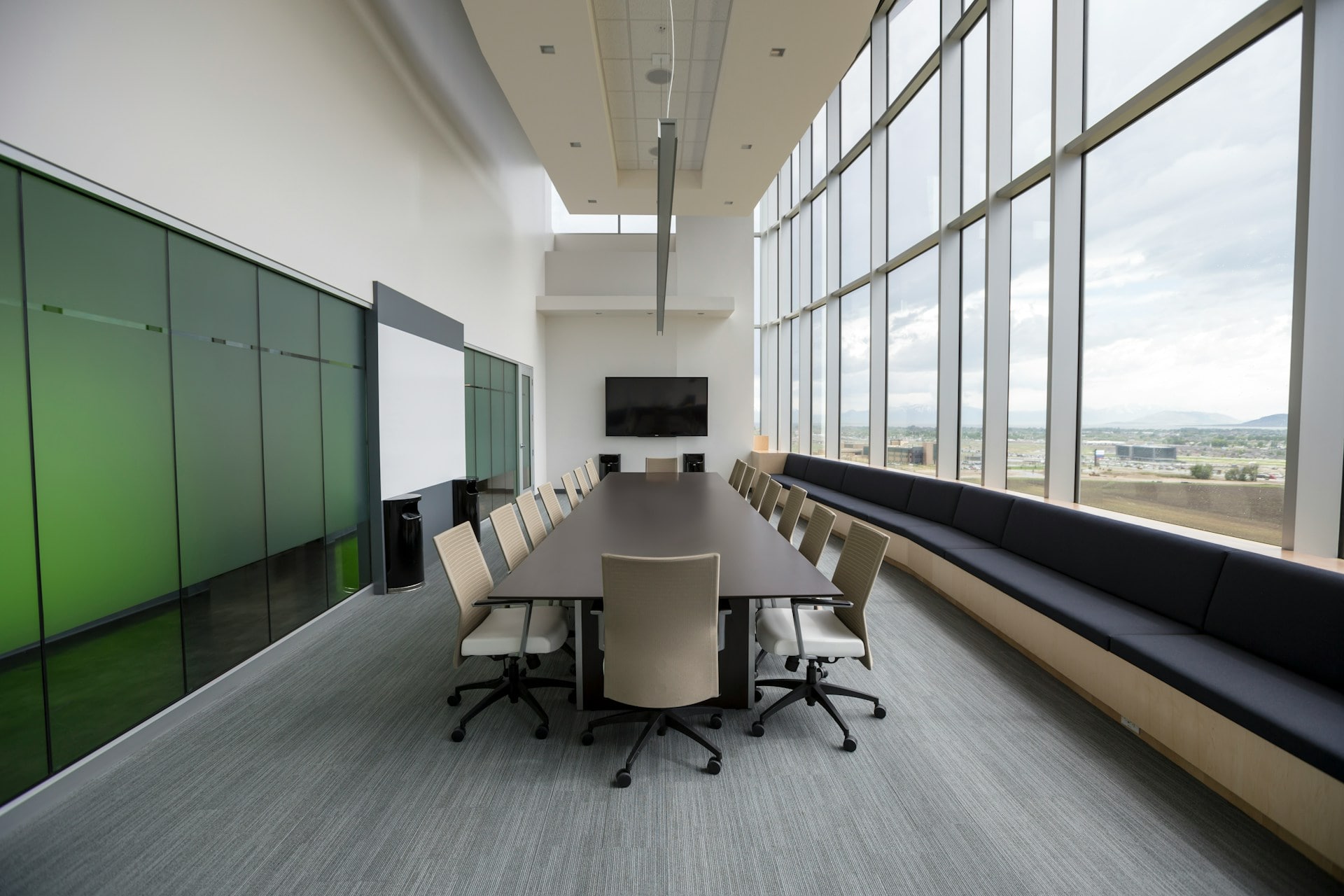Cloud Console Vision
The InVentry Cloud Console Just Got Even Better! Get ready for a game changing upgrade! Our...Read More

Your Gateway to Smarter School and Business Solutions
Welcome to The InVentry Blog, where we explore the latest advancements in visitor management, educational software, and school data systems.

Data is a valuable asset that holds the key to unlocking insights, enhancing decision-making, and driving efficiency. Nowhere is this truer than in education, where schools are tasked…
Read More

Meeting room scheduling mishaps like double bookings can derail productivity and create frustration among employees. Implementing an effective meeting room booking management system is crucial to ensure smooth…
Read More

Ensuring the safety of employees and visitors during emergencies is crucial for all businesses. A well-prepared emergency and evacuation plan is essential, but integrating technology can make it…
Read More

In the face of a crisis, whether it’s a fire, natural disaster, or security threat, the speed and accuracy of an evacuation can be the difference between safety…
Read More
Get In Touch Today To Learn More About Our
Food Manufacturing Visitor Management System.
Request a brochure, or book your free demo today and find out how your business can benefit from our visitor management system for food factories.
Looking for support? Please use our support form